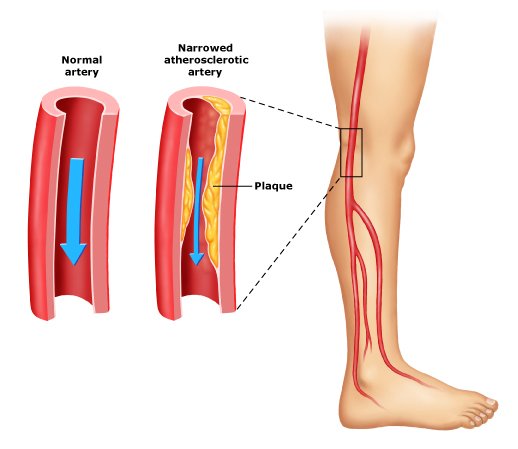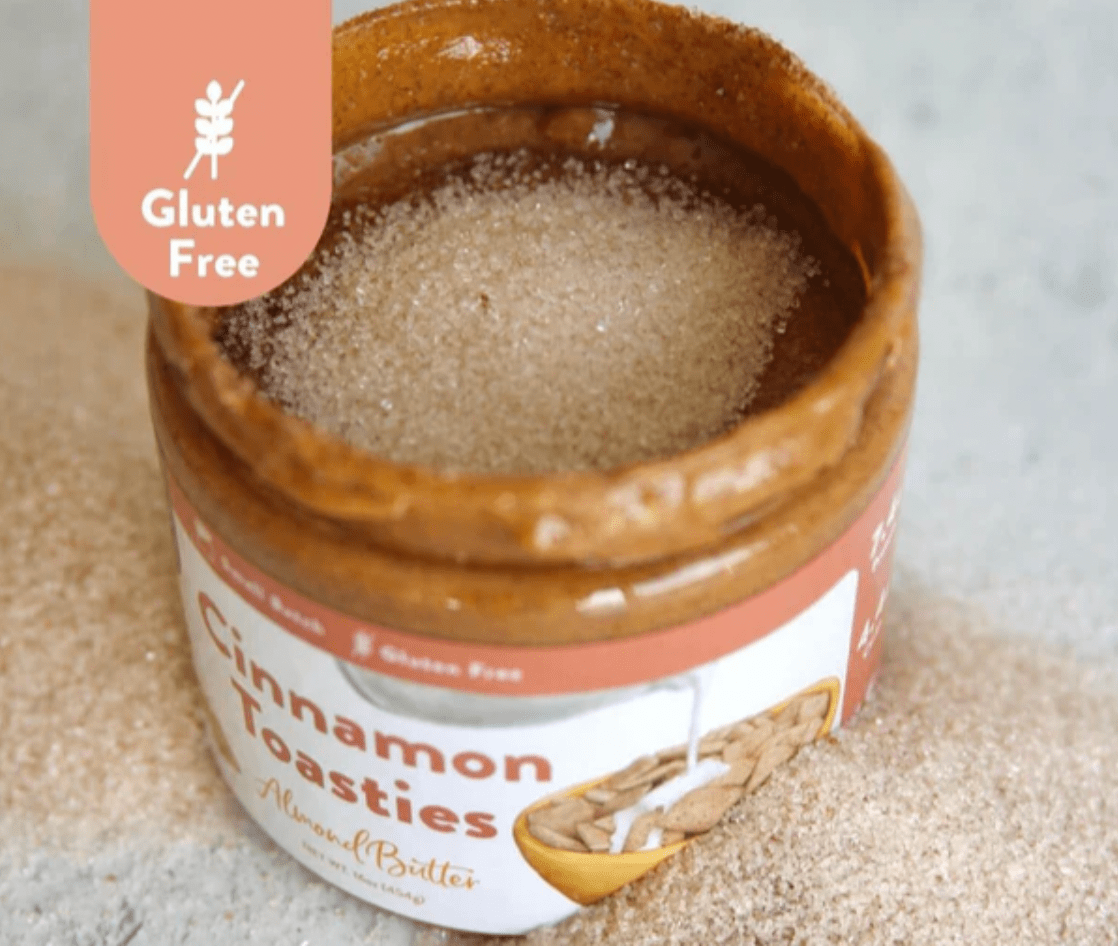Health
4 Major Types of Vascular Diseases

Vascular diseases can affect anyone, particularly if you have a family history of circulatory diseases or high blood pressure. Vascular diseases range from diseases of the veins, lymph vessels, and arteries to blood disorders that affect circulation. Aventura vascular problems specialists offer treatment services for all vascular diseases. This team of experts uses the latest and best technology to confirm your diagnosis and develop a suitable treatment plan. Below are the four main types of vascular problems they deal with.
Types of vascular diseases
- Peripheral artery disease
Like the coronary arteries, the peripheral arteries also develop atherosclerosis, including cholesterol deposits and fat on the inside wall. With time the buildup makes the arteries narrow. The narrowed artery then leads to inadequate blood flow, and ischemia can occur.
- Venous disease
Veins are hollow, flexible tubes with flaps inside, known as valves. When the muscles contract, the flaps open, and blood flows through the veins. When the muscles are dormant, the valves end up closing, making the blood flow in one direction.
If the valves inside the veins are damaged, the valves might not close completely. This makes blood flow in all directions. If the muscles relax, the valves in the damaged veins might not be in a position to hold the blood. This can cause swelling in the veins or the pooling of blood. The veins appear as ropes beneath the skin, and they bulge. The blood starts to move slowly, and it can stick to the sides of the walls, and blood clots are formed.
- Blood clots
A clot in a vein inside a muscle –generally in the lower leg, pelvis, or thigh – is a deep vein thrombosis (DVT). When the blood clot breaks and migrates to the lungs, it becomes pulmonary embolism (PE).
DVT can lead to a long-term swelling in the legs and blood pooling. This problem is known as chronic venous insufficiency. If you don’t seek medical attention, fluid will leak into the tissue in the feet and ankles. With time, it might make your skin break and wear away.
- Abdominal Aortic Aneurysm
The abdominal Aortic Aneurysm (AAA) is a bulge that develops in a weak area within the largest artery in the abdomen. The pressure produced by each heartbeat pushes the weakened aortic wall, making the aneurysm enlarge. If the AAA is not detected, the aortic wall keeps weakening, and the aneurysm continues growing. Finally, the aneurysm becomes very large, and its wall weakens, and rupture occurs. When it happens, there is massive internal bleeding, which is fatal. The best way to break the cycle is to locate the AAA before it ruptures.
If you need proper treatment and care for conditions like varicose veins, blood clots, aneurysms, and other vascular diseases, Soffer Health Institute has a medical team trained to help you with all these problems. You can contact them or book an appointment to have your vascular health evaluation. And note that during this pandemic crisis, many televisits are covered by insurance with no copays.
Health
Snack Smarter: The Rise of Low-Calorie Almond Butter for Active Lifestyles

The snack aisle is shifting. For those who balance a busy life with a commitment to health and fitness, the rise of low-calorie almond butter offers a new way to snack smarter. American Dream Nut Butter is at the center of this change, blending clean ingredients with dessert-inspired flavors and added protein to create almond butter that is both nutritious and enjoyable.
Why Almond Nut Butter Is Key to Clean Eating
As consumers become more mindful of their food choices, the spotlight is increasingly on nutrient-dense snacks that provide sustained energy without excess calories. Almond butter, especially in low-calorie varieties, meets this demand by offering a rich source of healthy fats, fiber, and protein in a compact form. Compared to traditional spreads, such as peanut butter, almond butter often provides a smoother, lighter alternative with a different nutritional profile.
For those who track macros or embrace meal prepping, almond nut butter fits neatly into their plans. Its balance of fats and protein supports satiety, helping to keep hunger at bay between meals or during workouts. American Dream Nut Butter elevates this concept with high-protein options that blend the wholesome qualities of almonds with a subtle sweetness inspired by classic desserts.
How Much Protein is in Low Calorie Almond Butter for High Performance?
One common question around almond butter is: how much protein does almond butter contain? While natural almond butter provides a moderate protein boost, American Dream Nut Butter takes it a step further by creating blends that enhance protein content without relying on artificial sweeteners or fillers. This approach suits those seeking fuel for recovery or sustained energy throughout their day.
These protein-enhanced almond butters can work as a pre-workout snack, a post-exercise treat, or simply as a midday pick-me-up that aligns with a health-conscious lifestyle. The brand’s small-batch production method ensures each jar maintains a fresh, creamy texture that spreads easily or drizzles beautifully over everything from oatmeal to fruit.
Buy Almond Butter: Unique Flavors from American Dream

American Dream Nut Butter distinguishes itself with unique flavor profiles, such as Cinnamon Toasties and Cookie Batter. These offerings embrace the idea that healthful snacks can still delight the palate, using clean, natural ingredients to create indulgent taste experiences without sugar bombs or artificial additives. Each batch is hand-whipped in-house, reflecting the brand’s commitment to quality and care.
Their dedication to natural flavors and nutrient density allows consumers to enjoy a dessert-inspired snack while keeping their wellness goals intact. Whether you’re looking to buy almond butter that tastes like a treat or are curious where you can find almond butter crafted with both nutrition and flavor in mind, American Dream Nut Butter offers an accessible option.
Almond Nut Butter: Fuel for Athletes and Busy Parents
Almond butter’s versatility makes it appealing for a wide range of active lifestyles. For athletes, it provides a balanced blend of nutrients that supports energy and recovery without unwanted additives. For busy parents or professionals juggling multiple demands, it’s a convenient, clean snack that fits into hectic schedules without compromise.
The brand’s YouTube channel offers video insight into how these nut butters are crafted, revealing the hands-on process that ensures quality in every jar. By choosing American Dream Nut Butter, consumers support a product that embodies family values and a personal story of overcoming dietary challenges to create wholesome alternatives that everyone can enjoy.
Where Can You Find the Best Almond Butter & More? The Future Is Here
The growing interest in low-calorie nut butter reflects a broader shift in how people approach snacking—valuing nutrition, flavor, and mindful eating in equal measure. American Dream Nut Butter’s approach, which combines protein-rich formulas with all-natural ingredients and enticing flavors, shows how almond butter, peanut butter, and cashew butter can evolve from a niche health food into a daily staple for those who want to snack smarter.
For more on the evolving nut butter market and how it aligns with fitness trends, check out this feature on the rise of healthy high-protein nut butter. To explore American Dream Nut Butter’s full collection and shop their almond butter selections, visit their website.
American Dream Nut Butter invites you to experience healthy nut butters that strikes a balance between enjoyment and mindful nutrition—perfect fuel for active days and wellness routines alike.
*Images sourced from American Dream Nut Butter
-

 Tech4 years ago
Tech4 years agoEffuel Reviews (2021) – Effuel ECO OBD2 Saves Fuel, and Reduce Gas Cost? Effuel Customer Reviews
-

 Tech6 years ago
Tech6 years agoBosch Power Tools India Launches ‘Cordless Matlab Bosch’ Campaign to Demonstrate the Power of Cordless
-

 Lifestyle6 years ago
Lifestyle6 years agoCatholic Cases App brings Church’s Moral Teachings to Androids and iPhones
-

 Lifestyle4 years ago
Lifestyle4 years agoEast Side Hype x Billionaire Boys Club. Hottest New Streetwear Releases in Utah.
-

 Tech7 years ago
Tech7 years agoCloud Buyers & Investors to Profit in the Future
-

 Lifestyle5 years ago
Lifestyle5 years agoThe Midas of Cosmetic Dermatology: Dr. Simon Ourian
-

 Health6 years ago
Health6 years agoCBDistillery Review: Is it a scam?
-

 Entertainment6 years ago
Entertainment6 years agoAvengers Endgame now Available on 123Movies for Download & Streaming for Free
